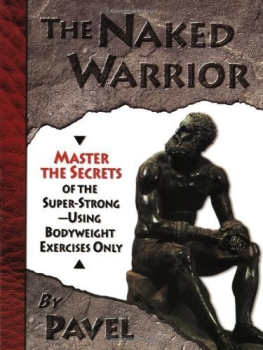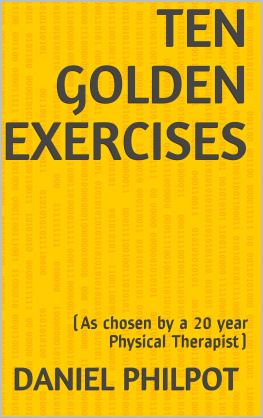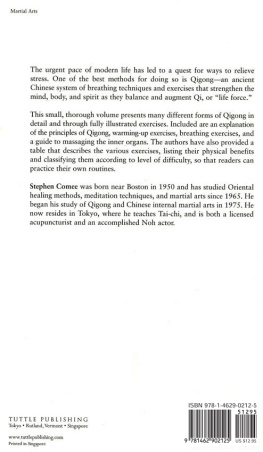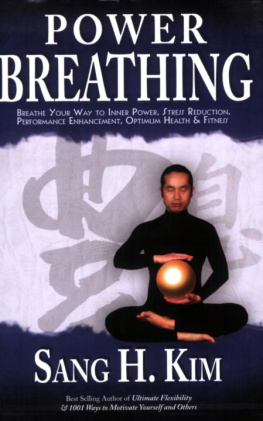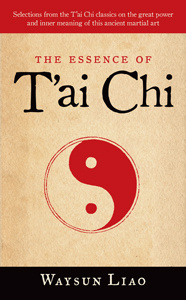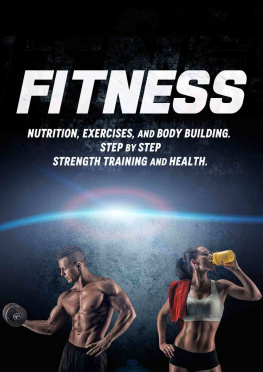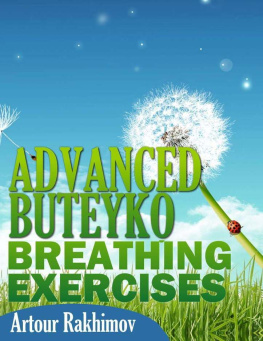Disclaimer
It is important to seek a qualified medical professional for any advice concerning your health, aliments and beginning any exercise program. This information is shared for historical purposes and enjoyment. No medical improvements, cures are promised. Any health benefits mentioned are historical and or based on public research and are in no way guaranteed.
Copyright 2012 by Daniel R. Segarra. All rights reserved worldwide. No part of this publication may be replicated, redistributed, or given away in any form without the prior written consent of the author/publisher or the terms relayed to you herein.
Daniel R. Segarra Warrior-Scholar Martial Arts Inc.
298 Lawrence Ave Lawrence N.Y 11559
Secrets of the Warrior-Scholar
Secrets of the Warrior-Scholar
The Warrior Breathing Exercises
by
Daniel R. Segarra
Dedication
First and foremost I would like to dedicate this book to my lovely wife Joann and two beautiful daughters; Ashley and Nicole. Their love is the best energy in the world to me. It fills my heart and constantly keeps me centered and in the moment.
My first introduction to these exercises was through Master Russle Hanke whom kept promoting these invaluable exercises religiously at our yearly summer retreats. I owe him a big thank you for introducing them to me and many others.
Kahmsamnida.
(Thank you in Korean)

Hello and thank you for purchasing this book. I first learned these amazing exercises over thirty years ago and was surprised that they were pracited all over asia. When I was in China in 1989 I actually saw hundreds of everyday Chinese people outside at sunrise doing these very exercises, many of the people practicing them were well ino their 80s and 90s with amazing youthful vigor, which they attributed to these very exercises you are about to learn.
Do not be fooled by the simplicity of the movements. No one ever said that something had to be overly complicated to be effective. Often we expect things to be complicated and miss out on the simple beauty of natural gifts we were born with.
The real secret to success with this program is consistent, sincere, dedicated practice. There are no short cuts. You have to do the work but the rewards are amazing.
Again I want to thank you for purchasing this book and I want this to be one of the most educational and enjoyable books youve read. Please feel free to contact me online if you have any questions about the content of this book. You did not just by a book but you became a student of this material and I am here to help you if you need it.
Also please take a moment to subscribe to my mailing list for news, updates, videos, and future publication announcements. Or interact with me on our facebook page
Sincerely,
Daniel R. Segarra
Ki Gong and Energy

Everyone has experienced energy peaks and energy lows, days where they felt they could take on the world and days when they felt like they couldnt get out of bed. In the orient they have developed over the ages methods to increase, control, heal themselves and others with their bodys natural energy. They called this energy Ki (Chi in Chinese) and this art Ki Gong (Chi Gong in Chinese).
The 8 Brocade - Moo Pal Dan Khum
The eight precious exercises (Pal Dan Khum) are two sets of energy exercises (Ki Gong) one sitting and one standing. These exercises are based on earlier sets of exercises. These techniques are the same exercises but are simply organized into eight groups. This possibly was done by their creator to match the eight exercises to the Taoist pal gwe (kr:paqua) concept (see illustration above), which represents the eight universal forces, Heaven, Earth, Wind, Thunder, Mountain, Valley, Fire and Water.
The MPDK are the standing set or Warrior set the Moon Pal Dan Khum (MNPDK) are the Scholar set. The sitting or scholar set is based on stretching, self massage and acupressure, the standing set is based on natural ways the body moves energy through movement. For example when you stretch your arms and yawn upon waking up is very similar to some of the movements in the MPDK. When we first wake up our energy was in a state of rest, by moving and stretching we awaken our energy, that is why our body does all these strange stretching movements naturally in the morning or when we are tired.
The MDPK have a specific order to progressively move your excess or misplaced energy toward a spot in your abdomen called the Dan Jun or center. This is located about two inches below your navel. The first seven exercises move your energy lower and lower and the last one circulates your energy throughout the body.
number one you raise the hands above the head bringing the energy from above to below.
number two your raise the hands chest level moving the energy to the chest.
number three you raise one high and low working the rib/solar plexus area.
number four you punch activating the hip area and moving the energy into the hips.
number five you stretch the upper legs (hamstrings) moving the energy form the hips to the upper legs.
number six you work the knees moving the energy from the upper legs to the knees and lower legs.
number seven you work on your root moving your energy lower into the earth (feet)
number eight you circulate the energy throughout bouncing the body and working the hips kidneys.
In its history the MPDK has been credited to various people and schools, there is no historical evidence of an originator and the earliest records base them on earlier sets. They have commonly been credited to General Yue Fei/Agbi ( ) who legend has it used them as exercises for his soldiers. The fact that he used them as exercises for his soldiers is plausible, but it is obvious they are based on older sets. General Yue Fei may have been one of the first to organize them into sets of eight.
These exercises are also mentioned in several texts originating from the Song Dynasty. The Pivot of the Way (Dao Shi) (c. 1150), the Ten Compilations on Cultivating Perfection (Xiuzhen shi-shu) (c. 1300) features illustrations of all eight movements. The same work credits the creation of these exercises to two of the Eight Chinese immortals, namely Zhongli Quan ( ) and Lu Tung-pin ( ).
Whether they originated from the immortals, a general or as I believe are the natural evolution of instinctive stretches and exercises they are some of the best ways to become aware of and experience energy and move that energy effectively through the body.
The reason they are called Brocade is silken embriodered brocade/cloth are very precious and valued like these exercises. These exercises are the most popular sets of energy exercises in the world, its not unusual to see people at sunrise in parks throughout China performing some variation of these sets. Ive seen the Monks from the Shaolin Temple perform them and everyday people practicing them in the parks in Hong Kong.
Korean martial arts Grandmaster Hwang Kee thought these exercises so valuable he incorporated these into his Moo Duk Kwan style in the mid 40s. He was the first Modern Korean martial artist to incorporate health orientated exercises into a Korean martial art.
Posture, Feet & Movement
Stand naturally with the feet shoulder width apart and the hands hanging at the sides. Take care to naturally straighten your posture by reaching up with the top of your head as if you were suspended by a string from that point. We want to create as straight a posture as naturally possible. The Earths center is approximately 3900 miles beneath your center. This is constantly pulling at you, by aligning our bodies properly we can connect our center to the earths center in a more efficient way. For example if you lean over and hold that position for an extended period of time you will become tired easily and possibly injure yourself. By aligning yourself properly you allow gravity to flow through you as opposed to using muscles to maintain an improper position. The old motherly adage of sitting up straight has much truth to it.
Next page

